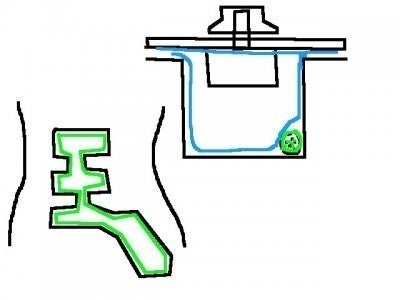diabeteman
TDPRI Member
Hi all,
For a few months, I have been contemplating solutions to suppress the 50/60Hz hum that is inherent to electric guitar pickups.
I personally like the real single coil sound. I have tried several "noiseless" single coils and I found them all "sterile" and lacking dynamics (I feel that real single coils are more lively). That is entirely subjective.
Then, one day I bought an Ilitch PGNCS-S and installed it on a strat. It is quite expensive ($350 including shipping and import taxes to France) but this piece of equipment accomplishes exactly what I needed: remove the hum from real single coils without altering their sound.
Since I have other guitars and I like to build my own stuff and also like to understand what I do, I want to try making my own hum cancelling system. I already started and am almost done. The only thing left is to finish painting the guitar where I want to put it.
DISCLAIMER: the following is inspired by US patent 7,259,318 B2 by Ilitch S. Chiliachki, and by (link removed). I do not pretend to have discovered anything here.
For a few months, I have been contemplating solutions to suppress the 50/60Hz hum that is inherent to electric guitar pickups.
I personally like the real single coil sound. I have tried several "noiseless" single coils and I found them all "sterile" and lacking dynamics (I feel that real single coils are more lively). That is entirely subjective.
Then, one day I bought an Ilitch PGNCS-S and installed it on a strat. It is quite expensive ($350 including shipping and import taxes to France) but this piece of equipment accomplishes exactly what I needed: remove the hum from real single coils without altering their sound.
Since I have other guitars and I like to build my own stuff and also like to understand what I do, I want to try making my own hum cancelling system. I already started and am almost done. The only thing left is to finish painting the guitar where I want to put it.
DISCLAIMER: the following is inspired by US patent 7,259,318 B2 by Ilitch S. Chiliachki, and by (link removed). I do not pretend to have discovered anything here.

